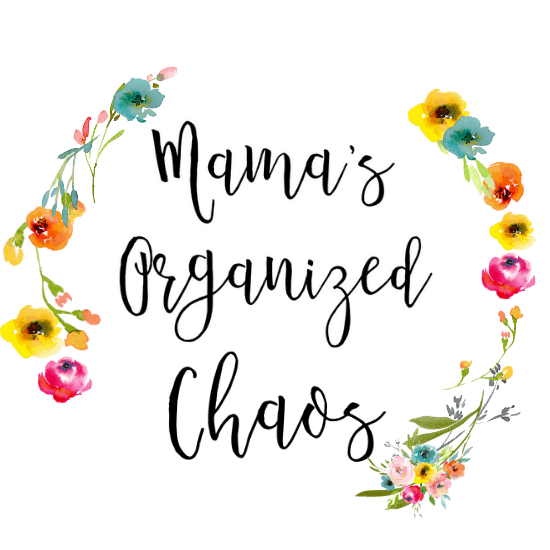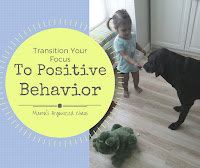Our daughter is 21 months old. She has had some pretty noteworthy tantrums. This girl can all out fish flop on the floor, hit her head against things, scream bloody murder, bite, hit, kick, etc. As soon as I saw these tendencies in her, I knew I needed to help her to better control her tantrums. Tantrums are going to happen- toddlers are toddlers. They simply don’t know what to do with their anger and rush of emotion. They don’t know what’s ok and what’s not ok (until you teach them).
Before I get to our two fabulous tricks, I think it is important to talk about dealing with tantrums in general.
I think it is important to empathize with your toddler. Their world really did just crash and burn…even if you think it is the silliest reason in the world, to them it was their entire world that just failed them. My daughter started to have a tantrum the other day because I couldn’t take her to the moon. That’s crazy silly, but she doesn’t know that. She sees the moon and wants to go! I want her to know that I empathize with her and that it’s ok to be upset and disappointed. I always tell her that I’m very sorry that she’s frustrated (or whatever feeling is appropriate). I talk to her like I used to talk to my high school students. It is super frustrating when things don’t go your way, or when you don’t get what you want. It is ok to be disappointed.
It is then really necessary to teach them what is ok and what is not ok. They need to know what TO DO. Asking them to try and stay calm so we can solve the problem together, or think of a way to fix it, is very good for them to hear. Telling them that they can be frustrated, but they need to be gentle with you/the dog/their friends/etc. needs to be said as well. They also need to hear the word no. “No, we don’t hit/bite/kick/scream/etc.”.
They also need to learn natural consequences. If they can’t calm down, that might mean that you have to leave and they no longer get to be out that day. If your toddler hit you, you might stop playing with them and tell them that you don’t like to play with someone who hits you, etc. These are all natural consequences that are important for them to learn. There is a consequence to their behavior.
Before you can get to the teaching and the empathizing, however, they need to be calm so they can listen and actually hear you. This is where our 2 awesome tricks come in! Eventually, as you use these tools, you’ll get the tantrum to stop more quickly, and even prevent them from happening all together (if you notice the signs fast enough)! Once you are effective with these tools and getting them calm, you can validate their feelings, and have some teaching moments.
The 2 Best Ways We’ve Found To Minimize/Stop Tantrums:
1. Offer a hug
I had always heard to ignore tantrums all together. That’s not completely my style (at this age). I think it works once your child has some tools that they’ve learned to help themselves out. In the beginning, however, they really just need help calming down. When I first tried offering a hug, I did it before reacting to the tantrum. I did it before I tried to empathize and before I tried to teach. All I said once I realized she was just going straight into a tantrum, was “Caroline, do you need a hug?”. She nodded and came running over! I haven’t stopped this method since then, because it is so effective. It helps her calm down and then we can get straight to teaching and empathizing.
2. Teach your toddler to put his/her hands together and squeeze

The results have simply been amazing, and I would recommend these tips to anyone! She’s still pretty young, but I have a lot of faith that these techniques are setting her up to really manage her feelings well. I am also using the techniques for myself. I got upset at Caroline the other day for not listening to me and I overreacted. I realized it immediately. I told Caroline I was sorry and said “Mama probably needs to put her hands together and calm down”. I put my hands together right in front of her, and squeezed. It really did calm me down. I asked for a hug and that made it even better. It really is something that works and helps to channel the bad emotion. I love that she got to see Mama having to do it as well. I hope that when she’s older she calls me out and asks me to do it. It is good for her to see that everyone has those moments where they overreact, and everyone can use the same tools to help calm themselves down.
Other posts that my be of interest:
Transitioning Your Focus to Positive Behavior and Natural Consequences
Did You Ever Think You’d Yell At Your Child?
Gymnastics Week 2 (How I Got Caroline to Listen)
Setting Rules and Boundaries With a 1 Year Old
How We Handle Food and Cup Throwing at the Table
Learning The Word “NO”
Other posts on tantrums



